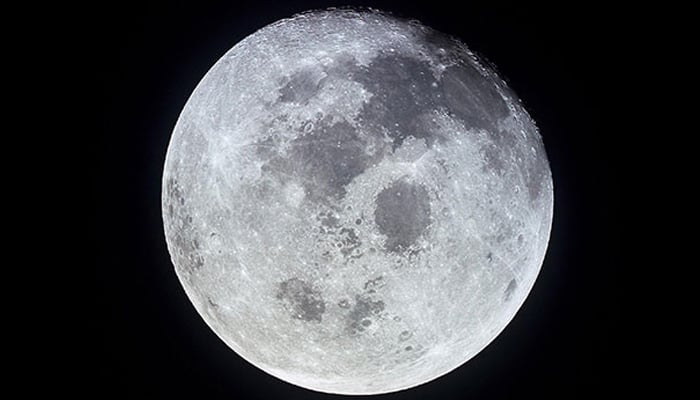With experts agreeing that the Moon originated roughly 4.5 billion years ago, astronomers have made a fresh and astounding revelation regarding the Moon’s evolution.
The new research, which was published in the journal Nature Geoscience, discovered that the Earth’s natural satellite finally created the planet’s outermost surface when it turned itself inside out more than 4.2 billion years ago.
By analyzing the rock samples taken from the Moon by the Apollo expedition, the specialists may have been able to unravel the puzzle surrounding the composition of the Moon.
According to a statement from Jeff Andrews-Hanna, an LPL associate professor and co-author of the study.
“Our moon literally turned itself inside out, but there has been little physical evidence to shed light on the exact sequence of events during this critical phase of lunar history, and there is a lot of disagreement in the details of what went down — literally.”
The samples of basaltic lava rock included a significant percentage of titanium, the specialists discovered.
Scientists are perplexed as to how the titanium-rich volcanic rocks at the lunar nearside got there, as revealed by the satellite studies.







